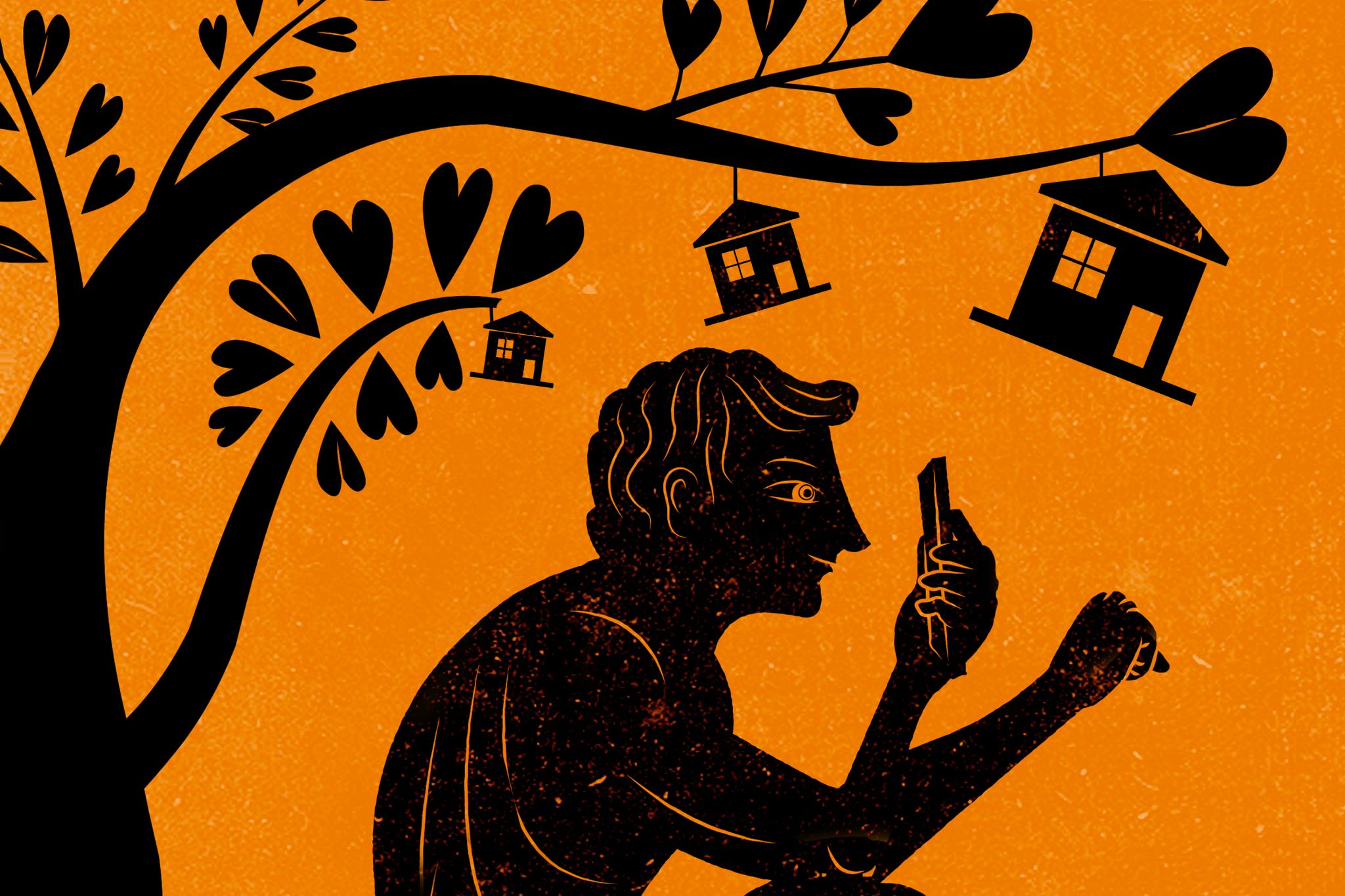You've signed the closing papers and have your new house keys in hand.
As you open the door to your exciting — and sometimes overwhelming — new life as a homeowner, steer clear of these seven common home ownership myths. Avoiding them will save you time, money, and protect your home value.
Myth #1: Only Homes In Warm Climates Need Roof Vents
Yes, roof vents do suck hot, humid air up and out through the roof. That act is called ventilation. Which is why you need roof vents if you live in a colder climate.
Huh?
Because ventilation pushes the warm away from your snow-covered roof and gutters. If warm air lingers under your roof, it could cause the snow to melt just enough to easily refreeze at night, melt again, refreeze (you get the picture) creating instead of pretty, fluffy snow on your roof.
And when those ice dams melt come spring, that water could funnel into your insulation and walls causing mold, mildew — and a busted bank account.
Myth #2: Mowing Grass Extra Short Means Mowing Less Often

Grass blades collect sunlight. Cut them too short and they can't soak up enough to survive, which makes for brown, patchy grass and weeds galore. Which means you just killed your curb appeal, too.
Save the grass — and your home's good looks — by cutting your lawn no more than one-third the length of the blades at each mowing. Overall, aim to keep the grass between two-and-a-half and three inches high.
Myth #3: If My Water Main Springs a Leak, The Water Company Will Cover It
Nope. The city fixes the public water lines from the road to your property, but you're responsible for the main that runs from your property line to your dwelling.
A broken water main can cost anywhere from $500 to a shocking $3,000 (or more!) to repair. Plus: all that water everywhere.
And you may have to too, which also can run into the thousands, especially if you don't address the leak quickly.
The most common cause of water main breaks is tree roots getting into older pipes. If you have mature trees with roots pushing up the sidewalk or driveway, that could be a hint that you might encounter a water main break — or sewer line break (yup, just like the water line, the sewer line on your property is your responsibility).
And don't waste money on special water pipe insurance. It's not worth it. You're better off putting that money into a home maintenance account. Besides it only covers fresh-water pipes.
Myth #4: I Can Remove a Tree or Paint My Mailbox Any Color

Before yelling "Timber!" or choosing paint colors, think about your neighbors. If you bought a condo, co-op, or a home in a neighborhood with an HOA (homeowners' association) you may not actually have the right to do that — without your neighbors' consent, that is.
What an HOA (or condo association or co-op board) may control is surprising. Things like pet ownership, outdoor clotheslines, or even (true story) parking in the driveway instead of your garage.
So check the rules. Because breaking them could cost you — by making you redo a remodel, or fining you.
But keep in mind that HOAs are there to protect your home value. They've got your back. Just stay in touch with the rules so you don't make a costly mistake.
Myth #5: When The Pipes Clog, Pour In a Bottle of Drain Cleaner
While drain cleaners are quick and convenient, they can cause more (and bigger) problems than they fix. They don't typically remove the entire clog, making it more likely to recur — and their caustic chemicals can wear away the insides of the pipes, causing leaks.
Instead, invest in a $15, manually-operated drain snake at the hardware store, or rent an electric one to clear bigger clogs. Then use screens to prevent food scraps and hair from getting in your pipes.
And keep everything but sewage and TP out of the toilets. Always.
Myth #6: My Neighbor's Tree Fell In My Yard, So They'll Pay For It
Well . . . that depends. Your first step, no matter what, is to call your insurance company. They'll restore your property and then decide whether to pursue the neighbor for reimbursement.
That may be tough, though, (and awkward) because in order to collect the insurance company needs proof that the neighbor knew the tree was old or damaged, and didn't maintain it.
The good news is that your policy should cover tree damage caused by wind, water, and storms. It may also cover hauling away tree debris if it damaged your home.
Likewise, if your tree falls on a neighbor's property, don't rush over with a wad of cash. Offer your sympathies, and let them know you'll wait to proceed until their insurance company contacts you.
And always keep receipts for trimming and other tree care, should you need to prove your diligence.
Myth #7: I'll Save Time And Money By Reroofing Over Old Shingles

Reroofing, or adding new shingles over existing roofing, may be cheaper than replacing the roof entirely.
But it's not wise. A roof is like a cake of wooden sheathing beneath an icing of shingles. If the cake is spoiled, you can't fix it (or even find out about it) by putting an extra layer of icing on top.
If there's damage to your roof, get a new roof. Period.
Related: Are You Making One of These 7 Landscaping Mistakes?
